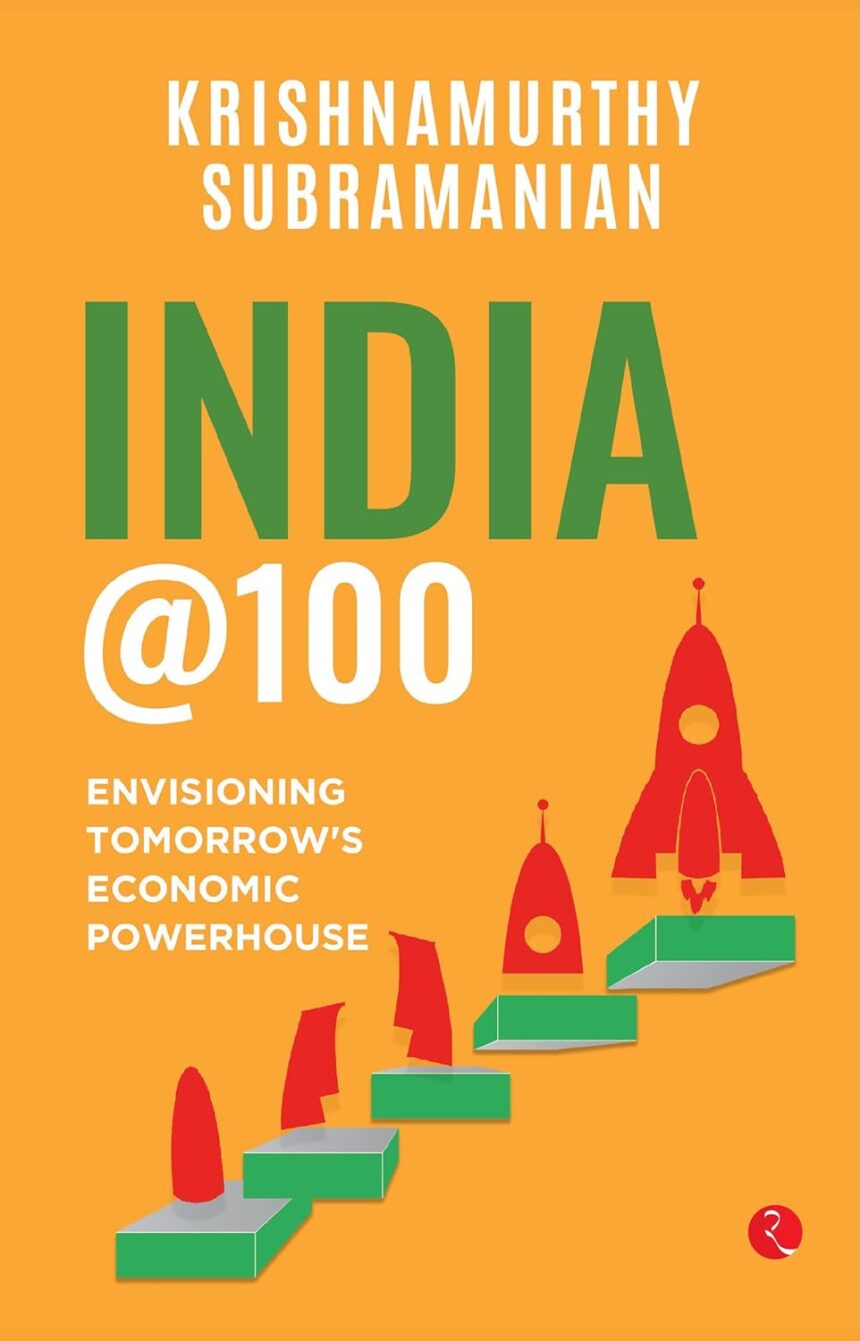




India @100: Envisioning Tomorrow’s Economic Powerhouse
As India approaches its centenary of independence in 2047, it stands at a pivotal moment in its history—poised to emerge as a major economic powerhouse on the global stage. The past century has witnessed remarkable transformations in India’s political, social, and economic landscapes. Now, as the nation projects its aspirations for the future, the vision of "India @100" encapsulates a roadmap for sustainable growth, technological innovation, and inclusive development. This review article explores the critical dimensions of India’s journey towards becoming an economic powerhouse, examining the strategic initiatives, challenges, and opportunities that lie ahead.
Historical Context
Understanding India’s growth trajectory requires an examination of its historical context. Post-independence, the country embarked on a path of self-sufficiency, focusing on agriculture and industrialization. Economic liberalization in the 1990s marked a turning point, opening doors for foreign investment and globalization. Today, India is the world’s fifth-largest economy, with a diverse economic structure spanning agriculture, manufacturing, and services.
Economic Performance
In recent years, India has demonstrated a remarkable resilience in the face of global challenges, including the COVID-19 pandemic. According to the International Monetary Fund (IMF), India is projected to grow at an average annual rate of around 6-7% in the coming decades. This growth is underpinned by several key factors:
-
Demographic Dividend: With a young workforce that is expected to be one of the largest in the world, India has a unique opportunity to harness its demographic potential. Skill development and education initiatives must be prioritized to equip the youth for the future job market.
-
Digital Transformation: India’s digital economy is rapidly expanding, driven by increasing internet penetration and a burgeoning startup ecosystem. The government’s push for initiatives like ‘Digital India’ aims to enable digital access and boost innovation across sectors.
-
Manufacturing and Investment: With initiatives such as ‘Make in India,’ the government aims to position the country as a global manufacturing hub. Attracting foreign direct investment (FDI) and fostering domestic industries will be crucial for job creation and economic growth.
- Sustainability and Green Energy: As the world grapples with climate change, India’s commitment to sustainable development is evident through its ambitious renewable energy targets. The transition to a green economy will not only contribute to environmental sustainability but also enhance energy security and create new economic opportunities.
Strategic Initiatives for the Future
To realize its vision for 2047, India has outlined several strategic initiatives that are pivotal for sustainable growth and development:
1. Strengthening Infrastructure
Robust infrastructure is the backbone of any economic powerhouse. The National Infrastructure Pipeline (NIP) aims to invest over $1.5 trillion in infrastructure projects across the country by 2025. This includes transportation, energy, and urban development, which are essential for facilitating trade, improving connectivity, and enhancing overall productivity.
2. Promoting Entrepreneurship and Innovation
Fostering a culture of entrepreneurship is vital for India’s economic future. The government encourages startups through initiatives such as Startup India and fund allocation for R&D. By creating an enabling environment for innovation, India can drive economic growth and job creation.
3. Enhancing Global Trade Relations
As a significant player in the global marketplace, India must focus on strengthening trade relations. Participation in multilateral trade agreements and optimizing export policies will enable Indian businesses to compete effectively on the international stage.
4. Addressing Socio-Economic Inequality
Inclusive growth is crucial for social stability and cohesion. Policymakers must focus on bridging the urban-rural divide, enhancing access to quality education and healthcare, and empowering marginalized communities. By ensuring equitable distribution of resources, India can build a more cohesive society.
Challenges Ahead
While the prospects for India’s economic future are promising, several challenges loom large:
-
Economic Disparities: Despite significant progress, regional and economic disparities persist, which necessitates targeted policy interventions.
-
Environmental Issues: Rapid industrialization and urbanization have led to environmental degradation. Sustainable practices must be integrated into economic planning to mitigate these challenges.
-
Geopolitical Tensions: India’s geopolitical landscape is complex, with evolving dynamics in Asia and beyond. Ensuring national security while fostering economic partnerships will be crucial.
- Health and Education: The quality of healthcare and education remains a concern. Investments in these sectors are essential to equip the workforce of the future.
Conclusion
As India approaches its centenary of independence, the vision of "India @100" embarks on a transformative journey towards becoming a global economic powerhouse. The integration of strategic initiatives, investment in human capital, and commitment to sustainability will be critical in shaping the nation’s economic landscape. By addressing challenges head-on and harnessing the potential of its diverse demographic, India can emerge not only as a significant player in the global economy but also as a model for inclusive and sustainable development. The path to 2047 is both an opportunity and a responsibility, one that demands collective efforts from all sectors of society to realize the dreams of a prosperous and empowered nation.
Price: ₹995 - ₹692.00
(as of Feb 21, 2025 09:26:26 UTC – Details)
A $55 trillion Indian economy rivalling the world’s largest in 2047, when India celebrates its centennial—audacious or achievable?
In India@100: Envisioning Tomorrow’s Economic Powerhouse, Krishnamurthy Subramanian explores this once-in-several-centuries opportunity knocking on India’s doors. With a bold vision grounded in Indian realities, India@100 argues compellingly that India is at an inflection point that cannot be ignored. The country can grow at 8 per cent annually by reforming the economy zealously and doubling down on the sound policies implemented post 2014. Since 2007, when its GDP per capita was equal to India’s current level, China exploited its demographic dividend to grow at about 8 percent for about two decades. Similar growth for the next two decades will make India a $55 trillion economy by 2047.
Through meticulous research and insightful analysis, Subramanian explores four key pillars to propel India’s growth: (i) macroeconomic emphasis on growth; (ii) microeconomic focus on social and economic inclusion; (iii) a vision of ethical wealth creation; and (iv) a strategy of a virtuous cycle triggered by investment. Within each pillar, he comprehensively covers the policy choices and the areas that require reform.
India@100 effortlessly ignites the reader’s imagination and inspires a collective drive towards a future where India emerges as a dominant economic force. This is an invaluable book for anyone interested in the rise of the Indian economy.
From the Publisher








Publisher : Rupa Publications India (1 August 2024); Rupa Publications India
Language : English
Hardcover : 520 pages
ISBN-10 : 9390260833
ISBN-13 : 978-9390260836
Item Weight : 680 g
Dimensions : 21.6 x 14 x 2.99 cm
Country of Origin : India
Net Quantity : 1 Piece
Importer : Rupa Publications India
Packer : Rupa Publications India
Generic Name : Book











